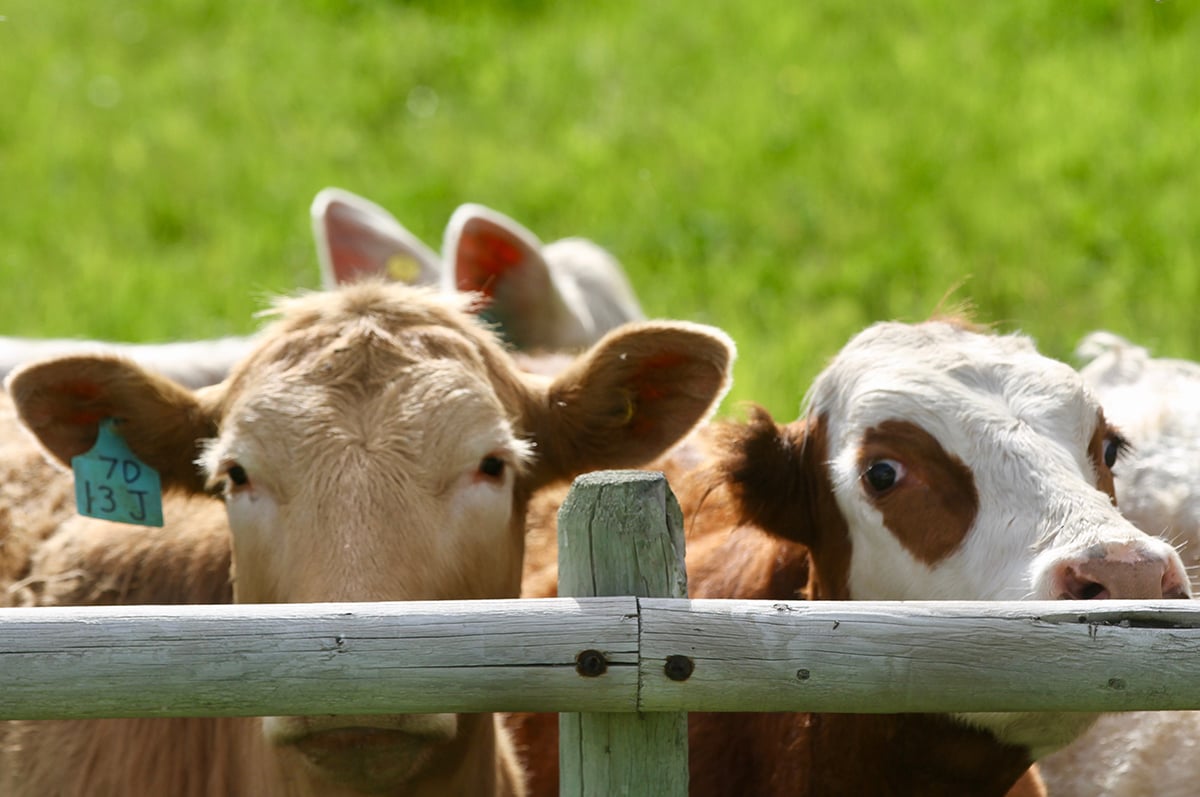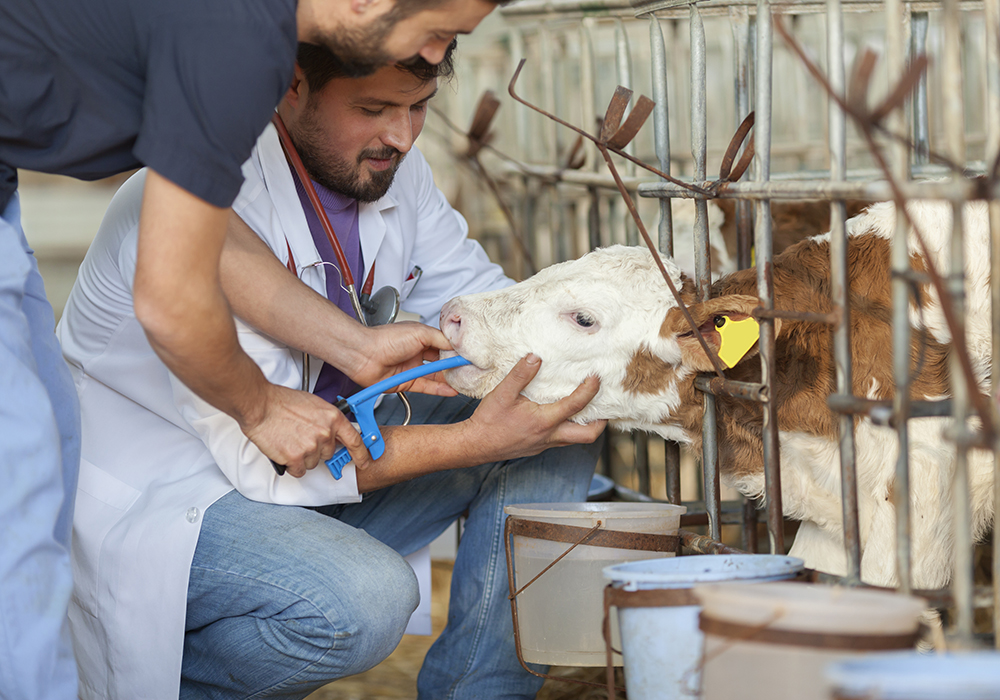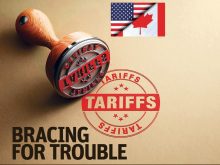Veterinary drugs have been plagued with supply-chain issues but Canada has avoided rationing so far, according to the association representing animal pharmaceuticals and manufacturers.
There have been close calls, said Catherine Filejski, president and chief executive officer of the Canadian Animal Health Institute.
An explosion in late 2020 at a drug manufacturing plant that makes Euthanal, used to euthanize animals, saw Health Canada issue an alert of possible nationwide shortages.
“Because that particular manufacturer supplied about 75 percent of the market, everybody went into having to impose allocations for Euthanal,” said Filejski.
Read Also

Feeder market consolidates at historic highs
For the week ending Sept. 6, Western Canadian feeder cattle markets were relatively unchanged compared to seven days earlier.
She added that while that shortage has nearly been rectified, it’s indicative of a widespread issue within the veterinary drug supply.
“It serves to highlight the fact that particularly given the global nature of supply chains, logistical challenges are definitely a significant part of trying to source, manufacture and import drugs,” said Filejski.
Canada is a small player in the international marketplace for veterinary drugs, so Filejski said changes in national standards for drugs won’t drive international companies to tailor their products to this country’s regulations.
Specifically, Canada’s 2017 change in drug regulations has seen a curtailment in what active pharmaceutical ingredients can be accessed, said Filejski.
“There were parts of that regulatory package that we are starting to see the impacts of now,” she said. “We’ve seen, for example, the discontinuation of one injectable vitamin product earlier this year as a result of an inability to source the (active pharmaceutical ingredients).”
The pandemic has added to shortages, as have skyrocketing shipping costs.
Increased human use of penicillin has seen an additional squeeze put on veterinary drugs, added Filejski.
“We have a shorter list of products available to us in any case,” she said, adding the United States is less restrictive, allowing for more options for American veterinarians.
“We are already more vulnerable than the large markets to begin with and there is a lot of moving pieces that are contributing to a perfect storm in terms of really starting to put stress on our member companies.”
Domestic production won’t likely solve the issue, said Filejski, as Canadian companies are frequently bought up by larger concerns.
Even domestic production of vaccines for COVID-19 has proven to be a problem and one that is compounded on the animal side, she said.
“Are we ever going to have vaccine autonomy in this country on the veterinary side? I don’t think so,” she said. “We import 95 percent of our vaccines on the veterinary side.”
Filejski said CAHI is trying to address the issue with the federal government by advocating for more flexibility in drug access, specifically when obtaining pharmaceuticals already approved in other jurisdictions such as the U.S. and European Union.
If getting access to injectable vitamins is an issue, anything that requires a higher level of scrutiny, such as antibiotics or anti-inflammatories, are sure to follow, said Filejski.
“If we are having trouble finding those, then that doesn’t bode well for us down the road if we don’t try to find a way to fix some of those logistical supply chain issues and regulatory barriers that are causing problems,” she said.
















